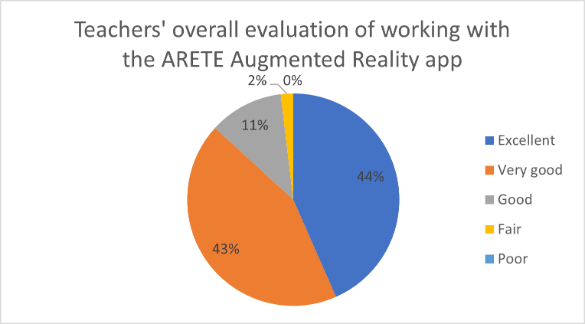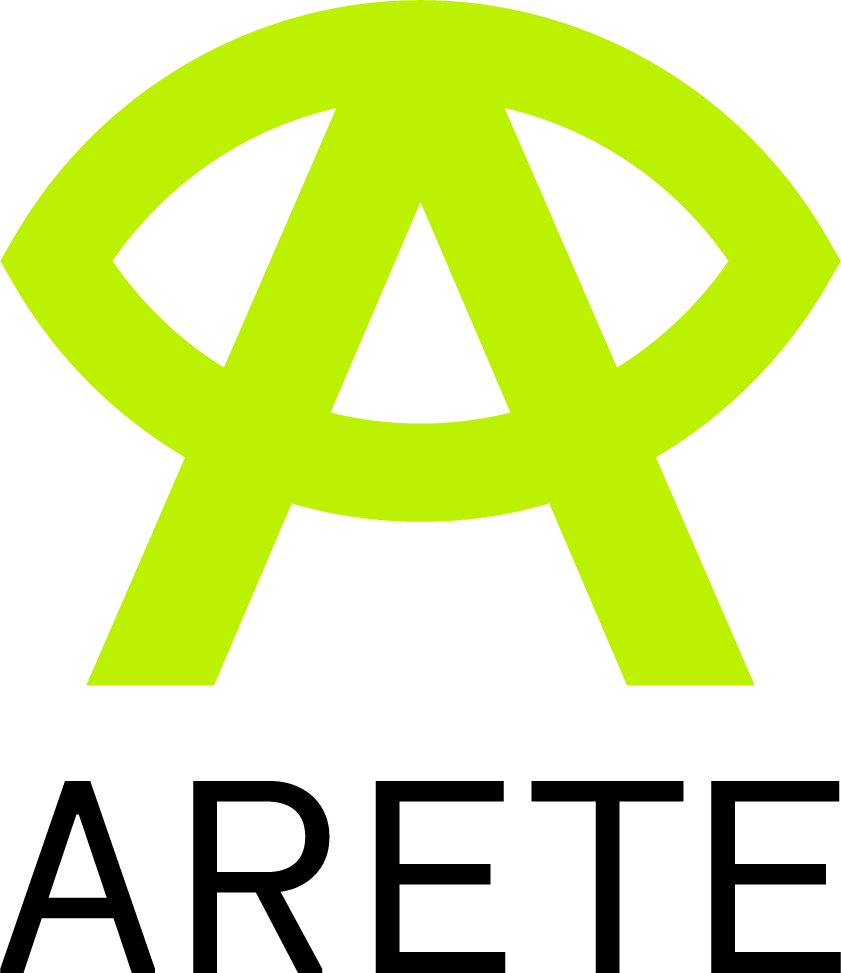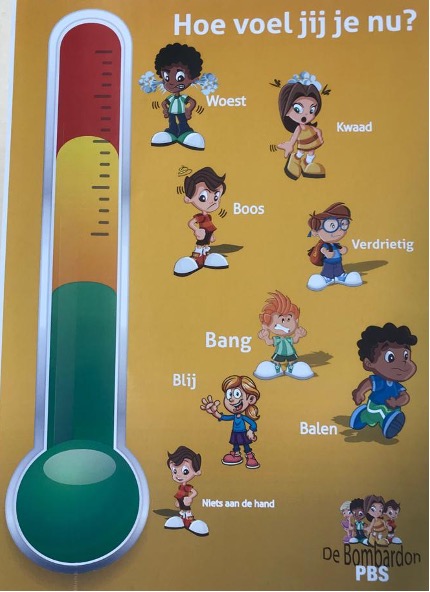Teachers and their Use of AR in ARETE - a Sneak Peek on First ARETE Evaluation Outcomes
In the ARETE project, Augmented Reality apps are used to support and enhance student learning. Meanwhile, it is equally important to look at the implications this innovative teaching and learning method has for teachers: only if teachers accept a new methodology and are able to apply it efficiently, it can unfold its potential for teaching and learning processes.
Hence, our evaluative research approach investigates the teachers’ perspectives to gather insights on the pedagogical implictions of AR use in class. The focus of these investigations is on questions like the following:
- What are teachers’ attitudes towards Augmented Reality before and after using it?
- How do teachers integrate the ARETE apps into their teaching?
- What works well for them?
- Which problems do they encounter?
- How do they evaluate the success of integrating the app into their teaching?
To explore these questions, selected teachers were interviewed before and after the intervention and all teachers filled in surveys before and after the intervention.
Interested in a sneak peek on the results? Here are some highlights of what we found out:
Let’s start with a very important outcome from pilot 2, which is the pilot about STEM learning. Out of 53 teachers who used one of the AR apps for several weeks in their math or geography classes, 87% rated the overall experience with the app as excellent or very good (see Figure 1).

Figure 1: teacher's overall evaluation of working with the ARETE Augmented Reality app (Data from Pilot 2 post-intervention teacher survey).
Moreover, over 93% of the teachers in the intervention group think that their students enjoyed working with the app. Of course, we were also interested in whether the teachers believe that the AR apps can also positively support the students’ learning. Indeed, 87% of teachers think their students have learned a lot from working with the AR app. 88% believe that their students have learned more through the use of the AR app than they would have learned through traditional methods.
Furthermore, 98% of the teachers found that the use of the AR app was beneficial in strengthening the collaboration skills of their students. For the teachers in the intervention group, the most important aspect of using the AR app was to offer their students the opportunity to collaborate, with 49.1% agreeing. Among the teachers in the control group, support for collaboration was not as relevant, at 33.3%.
Teachers in both groups used a variety of social settings in their lesson, with individual work, learning in pairs, small group work, and phases with the whole class. However, our results show that teachers in the intervention group tended to implement more collaborative learning phases than teachers in the control group. With the AR app, 49.1% of the teachers facilitated learning in small groups, compared to 35.7% in the control group. For learning in pairs, we encounter a comparable variation. Here, 58% of the teachers in the intervention group and only 40% of the teachers in the control group stated that they used this social learning setting.
Our little sneak peek shows a small excerpt from the findings on teachers' experiences during the intervention phase of Pilot 2 in the ARETE project. The teachers' experiences and observations presented suggest that the use of AR in the classroom has a particularly motivating effect and can positively support collaborative learning processes as well.
References
Anderson, L. W., & Krathwohl, D. R. (2001). A taxonomy for learning, teaching, and assessing: A revision of Bloom's taxonomy of educational objectives. Longman.
Bloom, B. S., & Committee of College and University Examiners. (1964). Taxonomy of educational objectives (Vol. 2). New York: Longmans, Green.
The ARETE team at University of Würzburg



